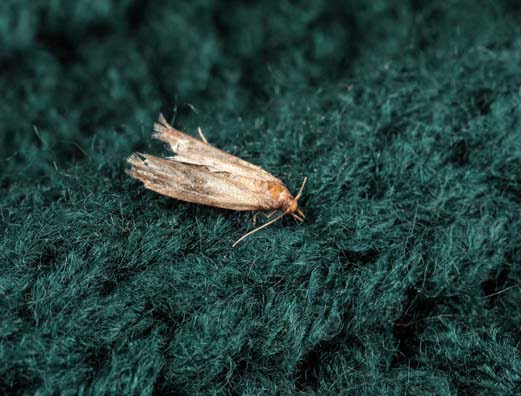Thorough, regular hoovering is the best way to prevent clothes moths from becoming established in your carpets. In the summer, it only takes four to ten days for clothes moth eggs to hatch, so you should hoover twice a week to maximise disruption.
If you don’t hoover for more than a month in summer, you will have given the larvae enough time to complete their lifecycle and become adults and spread the infestation further.
Rugs, especially if they’re made of natural fibres, should be beaten regularly as clothes moth love to crawl underneath them where their larvae can feast in secret. Only hoovering the top of them won’t be enough.
But even in the most hygienic household, there are corners of your carpets that you’ll rarely reach. If there’s carpet stuck behind big, heavy furniture, it may go untouched for years.
The worst combination is neglected carpet that’s kept warm by radiators or nearby hot water pipes. We’ve uncovered carpets in such locations that are exploding with moths. At this point, the carpet has to be destroyed as removing the infestation would be nearly impossible.
Of course, the best thing you can do is not have carpets. While dusty any corner can attract moths, without carpets there’s nowhere for the moths to lodge their eggs. If there are no restrictions against removing carpets in your property, we highly recommend switching to wood, laminate, stone or concrete.












